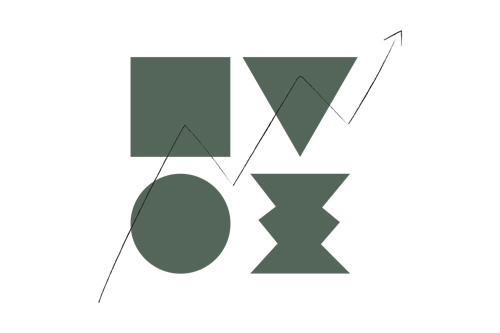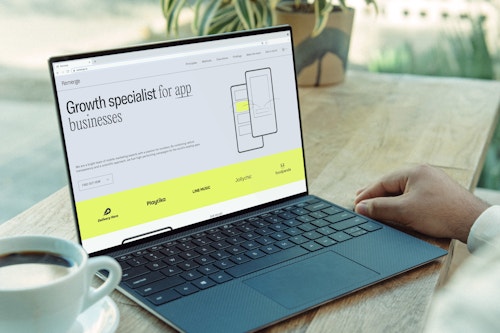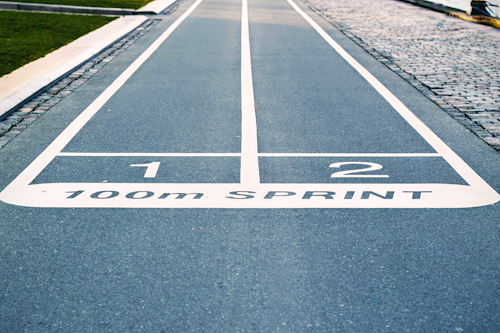Why you should reassess your DSP partner in a no-ID world
June 24, 2021

The no-ID world has leveled the playing field for demand-side platforms (DSP).
The rollout of new privacy frameworks on iOS has stripped away the value of traditional practises used for user acquisition, such as device ID graphs and user lookalike models.
This has made it much easier for new players to enter the market, but harder for mobile advertisers to decipher what the best criteria are when deciding on their preferred partner.
Let’s take a look at what you should consider when assessing the value of a DSP:
1. Scale
In programmatic advertising, scale refers to a DSPs ability to reach mobile users. This is often referred to in queries per second (QPS), which indicates how many opportunities a DSP has to serve an ad every second. Along with this, when relying on scale as a unique selling point, it’s equally important for a DSP to have a diverse range of supply partners: this allows the platform to work with, and optimize towards, a considerable volume of data points (such as creative type and operating system). This means the DSP has more opportunities to find your users and buy ad space cost-effectively.
DSPs with integrations to multiple supply partners can provide you with access to different formats and apps for your ad campaigns. High scale also means a DSP can observe more auction outcomes and learn the market prices for different traffic components more efficiently.
In a no-ID world, when ID graphs and lookalike lists completely disappear, leveraging inventory volume through scale will be the only way to reach your target audiences.
2. Bidding
Today, almost 90% of all programmatic buying is done via Real Time Bidding (RTB). DSPs delivering high-performance are equipped with sophisticated bidding algorithms that allow them to purchase quality ad space for the best (and therefore lowest) possible price.
High scale is a big one to tick off the list when assessing the value of DSPs, but it will not be enough on its own to create a sustainable business model for mobile app growth in the no-ID era. Combining scale with smart bidding is now essential for the success of any ad campaign: access to significant amounts of quality traffic is useless if ad space is bought for the wrong price. Advanced bidding, conversion, and click-prediction algorithms enable DSPs to learn from the market, buy intelligently and pay the optimal price for any bid request. The most intelligent algorithms use contextual data points and, therefore, do not rely on user IDs.
3. Creatives
The rollout of iOS 14.5 and the industry’s move towards a privacy-first future has made engaging audiences with relevant ads and growing an app at scale more difficult: hyper-targeted and personalised creatives based on user segments are only possible on ID traffic and testing creatives takes longer on iOS due to the delay in obtaining results from SkAdnetwork. As a result, mobile ad strategies are shifting towards a broader, more inclusive approach.
Without IDs, conversions will rely on a creative strategy that focuses on both design and data. Engaging ads with smart messaging are crucial for attracting wider audiences and boosting an app’s brand in what is a fiercely competitive market. Look for a DSP that optimizes creative assets based on insights that come from continuous testing on all forms of traffic.
4. Incrementality Measurement
Incrementality measurement is used to gain real-time data and scientific insights on the impact of a mobile marketing campaign. It reveals the cost of an incremental conversion or engagement and allows you to make better decisions on which channels to scale. The methodology uses scientific testing, where mobile users are placed into control or test groups. The control group is unexposed to ads and the test group is exposed to the ads. In a no-ID world, SKAdNetwork may not provide enough information and additional proof on the value of ad spend will become a priority for advertisers.
The adoption of incrementality in the mobile space has grown over the last 4 years and this is expected to continue as advertisers experiment with alternatives to last-touch measurement in the post-IDFA world. With SKAdNetwork, Apple launched the base framework for measuring campaigns on no-ID traffic. However, this only provides time-delayed and aggregated results and does not reflect retention values. Additional measurement methods such as incrementality tests will become the gold standard when it comes to seeing real-time data and retention values.
5. Privacy and data
Privacy has been a major concern among smartphone users for years now and together with the implementation of laws such as the GDPR and the CCPA, mobile advertising is drastically changing to reflect and respect these standards.
As more users start to opt-out of in-app tracking, new practices and services will emerge. The safest way to work with a DSP is to select one that acts as a data processor. This role guarantees the safety and security of your data and safeguards against it being used for other purposes that go beyond your campaigns.
Making a final decision
The influx of new programmatic players, on top of the established DSPs in the industry, makes creating a list of potential partners easy. The challenge is deciding which of these companies are likely to deliver the highest performing campaigns for your app in the no-ID world.
Start by looking more closely at how a DSP manages scale, bidding, creatives, incrementality measurement, and its data.
To find out how Remerge does this, get in touch with our experts.
A note on Remerge
Remerge is the award winning app marketing platform that helps the world’s most ambitious apps grow their business, drive revenue, and boost user loyalty. As of May 2021, Remerge has expanded its services beyond app retargeting, and is now also offering user acquisition for ID and no-ID users.




